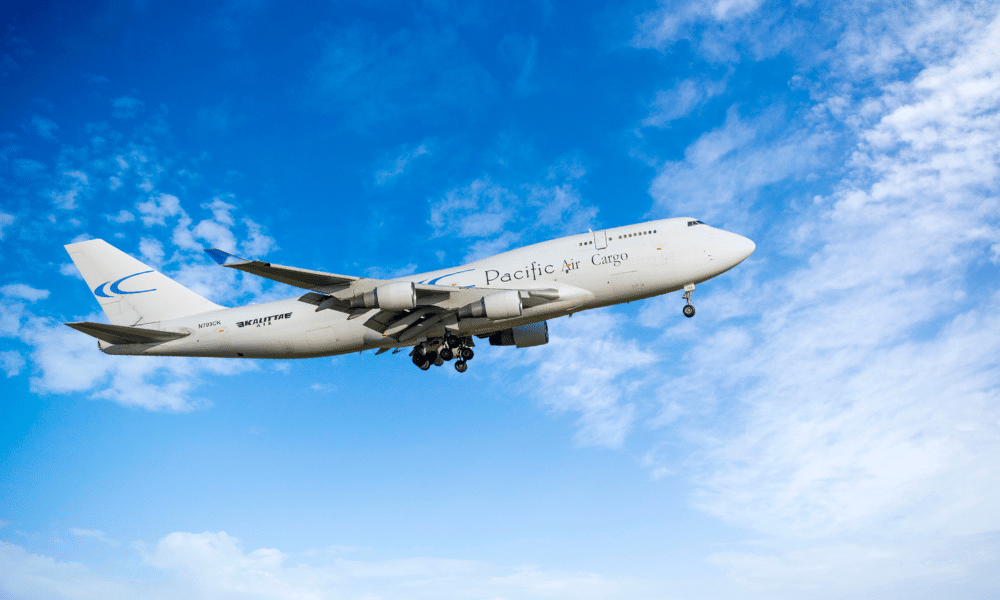Hawaiian Airlines and Alaska Air.
Hawaiian Airlines, a unit of Hawaiian Holdings, Inc., currently awaiting regulatory approval of a proposed combination with larger Alaska Air Group, Inc., has a strong and growing air cargo business whose structure is to be determined pending the closure of the merger that would preserve the two carriers separate brand identities.
However, Alaska Air’s $1.9 billion deal to buy Hawaiian Air is not a slam dunk given the Biden administration’s current negative attitude toward airline consolidations and Alaska Air’s swallowing of its last acquisition, Virgin America, just five years ago.
The fate of the deal is clouded since a federal judge last week blocked JetBlue’s closely watched proposed acquisition of Spirit Airlines. The two lower-cost passenger airlines said they will appeal the judge’s ruling.
Hawaiian Air appears to be in favor of the linkup with Alaska Air. “With regard to our proposed combination, we feel strongly that it offers compelling benefits to our employees, guests, communities and all stakeholders,” a Hawaiian Air spokeswoman e-mailed to Air Freight News.

Currently, Hawaiian Air’s cargo reach, and future plans are formidable. The airline is cashing in on the growing consumer trend for online shopping and began operating cargo aircraft on behalf of Amazon in October. “We operate one Airbus A330 freighter under our agreement with Amazon,” a Hawaiian Air spokesman told Air Freight News. “We will (also) ramp up this operation in 2024 and plan to fly ten A330 (freighters) for Amazon.” The freighters have a 65 to 70 ton per flight maximum capacity. The massive all-cargo aircraft expansion will bolster the carrier’s systemwide air freight capacity which currently has extensive all wide-body and narrow-body belly lift.
“We operate 24 Airbus wide-body A330s for long-haul and large U.S West Coast markets, 18 Airbus A321 (narrow-body) neos (cq) for U.S. West Coast mid-sized markets and occasional Neighbor Island flights and 19 Boeing 717s also for Neighbor Island (trips),” said Dana Knight, Hawaiian Air’s director of commercial cargo.
Knight also said Hawaiian Air is “scheduled” to operate the first of 12 Boeing 787-9 Dreamliner passenger planes in April 2024 and will take delivery of the remaining widebody aircraft through 2027. The 787-9s have a maximum belly cargo capacity of 1.54 tons, she said.
Launched in 1929 to link Oahu, Kauai, Maui and the Big Island of Hawaii, the 95-year-old-airline today serves all the Hawaiian Islands except Molokai and Lanai, and in recent years has spread its wings internationally.
It provides non-stop belly lift from Hawaii to and from 16 mainland cities including high traffic destinations such as Los Angeles, San Francisco, New York City, Boston, Seattle, Austin with a concentration on Western U.S. cities. Interestingly, Hawaiian Air serves Oakland, California, a city Alaska Air exited some years ago.
Hawaiian Air also provides international service to Asia and the South Pacific. Its non-stop routes stretch from the Hawaiian Islands to Sydney, Auckland, Seoul, Tokyo, Osaka, Sapporo, Fukuoka, Papeete, Pago Pago, and the Cook Islands.
The airline transports a diverse array of time sensitive commodities over its long haul and short routes, maintains Knight. “We fly a mix of both perishables such as seafood, chilled meat, produce—fruits and vegetables — medical supplies, e-commerce shipments and general freight shipments including auto parts offering general, priority and express cargo programs.”
Knight points out that “as the hometown carrier, the local community has long depended on our extensive Neighbor Island network to transport essential items such as, again, equipment, automotive parts and supplies and food throughout the islands. For example, we work closely with the Blood Bank of Hawaii to transport blood from Oahu to the Neighbor Islands.”
Hawaiian Airlines’ cargo team and the carrier’s capacity has benefitted Hawaii-based businesses seeking to expand their base. Said Knight: “We have allowed local companies to scale up their operation and get their products to market.
“Love’s Bread, Hawaii’s largest and oldest bakery that shut its doors in 2021 after 170 years because of the COVID pandemic) relied on our timely Neighbor Island service for five years to deliver its bread statewide without having to sacrifice freshness,” she added. Love’s was originally delivered by locally-owned Aloha Airlines, which shut down passenger operations in 2008, and Hawaiian Air took over the account.
Aloha Air and Saltchuk Aviation
With once rival Aloha Airlines out of the picture, Hawaiian Air dominates the interisland high frequency belly freight market. However, it has air cargo competition. Aloha sold its air freight business to Seattle-based Saltchuk Aviation, a “family” of transportation and distribution companies which today owns and operates three Boeing 737-300F freighters and a leased Boeing 767-300F all-cargo jet, all flying the Aloha Air Cargo flag.
Aloha Air Cargo is also expanding into Hawaiian Air’s markets. “We recently inaugurated a Monday through Friday 767-300 freighter service between Honolulu and Seattle to fly outbound general freight, live animals and perishables such as live shrimp and papayas,” April Spurlock, director of marketing and communications for Saltchuk Aviation Shared Services, told Air Freight News.
Aloha Air Cargo also flies Honolulu to Los Angeles Sunday through Friday, Spurlock said but has no route expansion “in the works” for 2024. Nor does the airline serve Asia or the South Pacific outbound from Honolulu but does receive cargo from those regions and forwards it to the U.S. mainland through Los Angeles International.
The all-cargo carrier operates between Honolulu and the Neighbor Islands linking it between Oahu and Hilo, Kahului, Kona, and Lihue, also Sunday through Friday, she added. Meanwhile, the airline has “no plans to expand its freighter fleet” in 2024, she said.
Actually, the Hawaii air cargo market has no shortage of lift, especially Interisland. According to its website, Transair, which claims it is the “leader” in Interisland air cargo, says it has two 737-200 converted freighters. However, repeated phone calls to Transair’s Honolulu headquarters for further description of the airline and questions regarding its operations did not receive a response. Transair’s interisland routes and flight schedule could not be determined by Air Freight News. One well-informed Honolulu air cargo executive said Transair’s 737 freighters have been grounded by the FAA following a ditch-at-sea of one aircraft two years ago, and the airline is providing interisland air freight service using a small fleet of Shorts 360 freighters.
Pacific Air: One Plane and a lot of Customer Service
Hawaii’s air freight community has one unusual airline that has just a single plane in its ‘fleet.” But Honolulu based, 24-year-old Pacific Air Cargo operates a freighter that rivals the biggest all-cargo airplane offered by any international carrier flying the transpacific routes.
“We are basically a freight forwarder that operates a B-747-400 leased from Kalitta Air on an ACMI (aircraft, crew, maintenance, insurance) basis,” Paul Skellon, director of marketing communication & PR, told Air Freight News in an exclusive interview. “We handle a real mix of commodities including project cargoes— jet engines for, say, Hawaiian Airlines — electric power generators — perishables and e-commerce during the peak season.”
Skellon said the jumbo freighter is based in Los Angeles and flies exports from North and South America to Honolulu six days a week, If oversized project cargo is booked, Pacific Air Cargo has access to a nose-loading 747-400.
The jumbo freighter is always on the move. Skellon said one day a week if offloads freight brought in from the West Coast and continues on to Hong Kong and then to Incheon, South Korea, for a non-stop return flight to LAX, often maxed out with a 250,000 pound payload. “There is still a shortage of lift from Asia and China to the West Coast and we have that desired capacity,” said the airline executive.
Skellon contends Pacific Air Cargo is “extremely flexible” in its routing and essentially goes where there is large volumes of airfreight and scant service. “We are selling air cargo (lift) anywhere in the Pacific. For example, we fly to Pago Pago in American Samoa and Guam. We fly live cattle raised on Kona’s Porter Ranch on the Big Island of Hawaii to Los Angeles.”
Pacific Air has interline agreements with a number of transpacific belly freight operators including Alaska Airlines, Japan Air Lines, All Nippon Airways, Air Premia, Air New Zealand, Qantas. “All fly into Hawaii where we take their belly cargo and load it on our 747,” Skellon explains. In 2024, the single-plane airline wants to “grow our interline relationships and we are talking with European and international airlines who want to get cargoes into Hawaii on a single airway bill. We also want to do more partial and single-plane charters around the Pacific, he added. Currently, the airline works with Hollywood production companies that film TV shows in Hawaii and transport exotic cars, live animals and other oversize props and properties from the mainland to the islands.
Skellon said Pacific Air may not have a large fleet but “we pride ourselves on our customer service—with a real, live cargo professional answering a phone call in less than 20 seconds every time. Service excellence is our guiding mantra.”
Still, it is the fate of Hawaiian Airlines’ Air Cargo team that is capturing the attention of shippers and forwarders at the moment. While Knight will not identify the “small, medium and large perishables and non-perishables forwarders” it works with “for competitive reasons.”
As this is written, Hawaiian Air does not have any fleet expansion plans other than what it has shared, said Knight. However, the airline has announced it will launch service between Honolulu and Salt Lake City this May and will add flights from Sacramento to neighboring islands of Kauai and Maui in the same month.
Asked to forecast Hawaiian Air Cargo’s growth this year, Knight was cautious. “We are expecting 2024 to be comparable to 2023’s growth when we start operating the Boeing 787-9 Dreamliner which will add another 15% cargo (capacity).”


